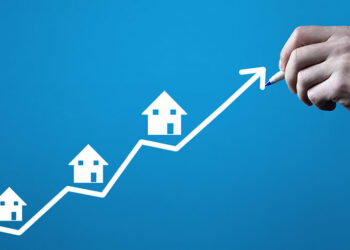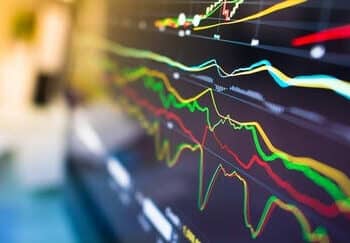Dr Chalmers addressed Parliament House on Thursday with an update on Australia’s current economic situation, warning that inflation has not yet reached its peak.
The consumer price index (CPI) rose by 1.8 per cent during the June quarter, raising the annual rate of inflation to its highest level since the introduction of GST at 6.1 per cent.
Data released by the Australian Bureau of Statistics (ABS) on Wednesday revealed that new dwellings and automotive fuel were the largest contributors to the quarterly rise, which was the second highest since the GST was introduced after the 2.1 per cent increase in the March quarter.
However, Dr Chalmers stated that inflation is now forecasted to peak at 7.75 per cent in during the December quarter.
“In the pre-election forecasts — released a little more than three months ago — inflation was expected to peak at 4.25 per cent,” Dr Chalmers said.
“The current expectation is that it will get worse this year, moderate next year, and normalise the year after.”
The Treasury predicts headline inflation will rise to 5.5 per cent by the middle of 2023, and begin to drop by the end of next year to 3.5 per cent and eventually fall back within the RBA’s target range of 2.75 per cent by the middle of 2024.
“Inflation will unwind again, but not in an instant,” Dr Chalmers stated.
Dr Chalmers also stated that a “global slowdown” combined with higher interest rates will leave an impact on Australia’s economic growth, with the National Accounts in the March quarter revealing that the economy “had not been performing as strongly as had been predicted pre-election,” only growing by 0.8 per cent instead of the predicted 1.8 per cent.
“The headwinds our economy is facing — higher inflation at the top of that list, along with slowing global growth — are now reflected in the revised economic outcomes and forecasts,” Dr Chalmers said.
“This has cut half a percentage point from growth for the last financial year, for this financial year, and for next financial year.”
Dr Chalmers further stated that real GDP rose by 3.75 per cent in 2021-22 instead of the 4.25 per cent as was predicted prior to the election. Additionally, the pre-election forecast for GDP growth in 2022-23 was 3.5 per cent. However, that has now been revised down to a 3 per cent growth.
“Growth is expected to slow further in 2023-24, at 2 per cent — down from the 2½ per cent previously predicted,” he said.







